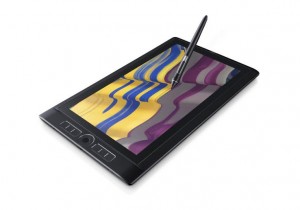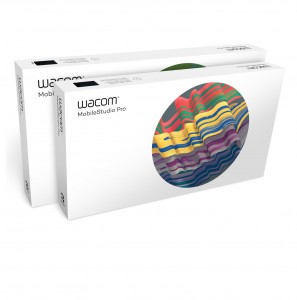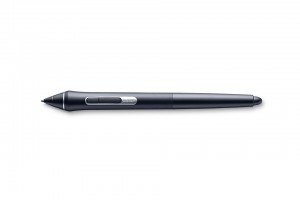

Just to make it clear because of the title’s individuality, the Cintiq Companion “era” was when Wacom’s line of tablets/pen displays offered sporting both operating systems, Mac and Android. These E-tablets, let’s take the Cintiq 13HD as an example, had a slate-sized pen display, but required a separate display like a desktop or laptop for utilizing it.


The MobileStudio Pro models comes in either a 13.3-inch 2K option, or a 15.6-inch 4K option. Wacom’s first ever fully-spoken for tablets are blessed with lighter and thinner bodies than their predecessor, run on Intel processors, Windows 10, and are aimed at 2D and 3D artists, designers, and CAD creators. Whatever model- touchscreen or not, crazy high CPU-power or not (etc), are all options made to cater to different artists needs. The $1,499 13.3-inch model comes with an Intel i5 Skylake chip, 4GB of RAM, and a 64GB SSD, while the $2,999 top-of-the-line, 15.6-inch model comes with Intel’s i7 processor, a 512GB SSD, 16GB of RAM, plus NVIDIA’s Quadro M1000M, paired with 4GB of VRAM. Also present on these higher-end models, are Intel's RealSense 3D cameras, which are wonderful for capturing items and landscapes as a starting point for artistic projects.


Because these tablets are Windows 10 -ready, users are getting the experience of a Wacom device functioning closer to a PC than ever before. Hence, Wacom continues to call it’s new devices “mobile computers”, words that only aid in the efforts of the design and artistically-minded. Hence, it’s safe to say Wacom is surely sticking to its guns with the new MobileStudio Pro line of Windows 10 computers. Wacom manager, Ed Neumann, ensures that the tech company's long-standing relationship with not only the professional, but creative community, will serve the company well, “developing a game-changing solution for the creative market, providing the best, most natural, and [most] precise creative experience imaginable”.

 Laptop & Tablet Parts
Laptop & Tablet Parts




















